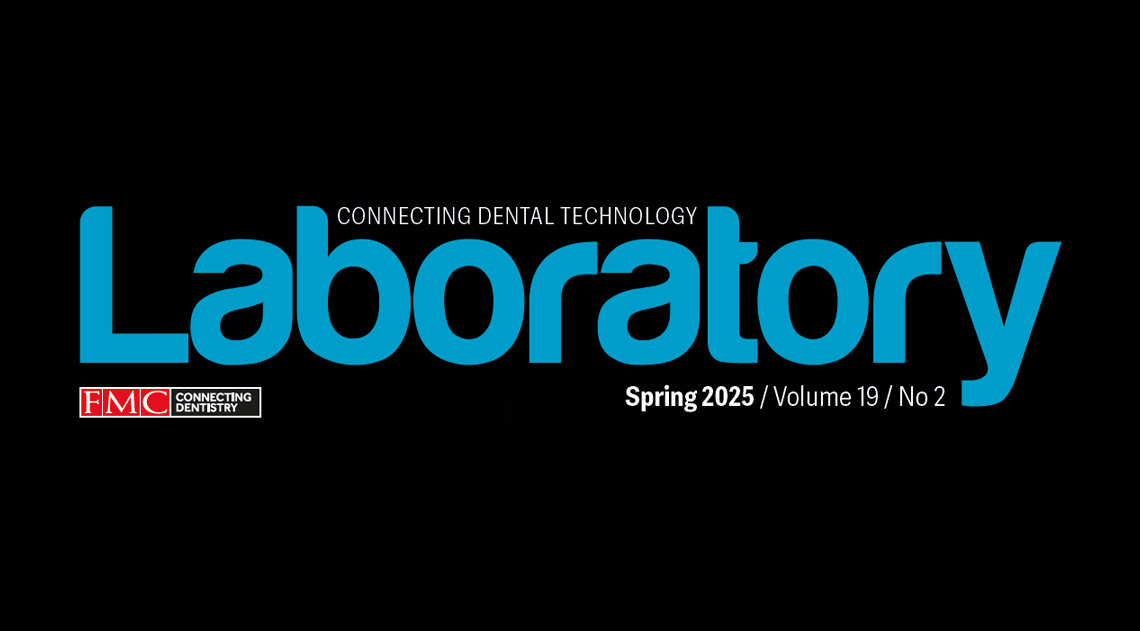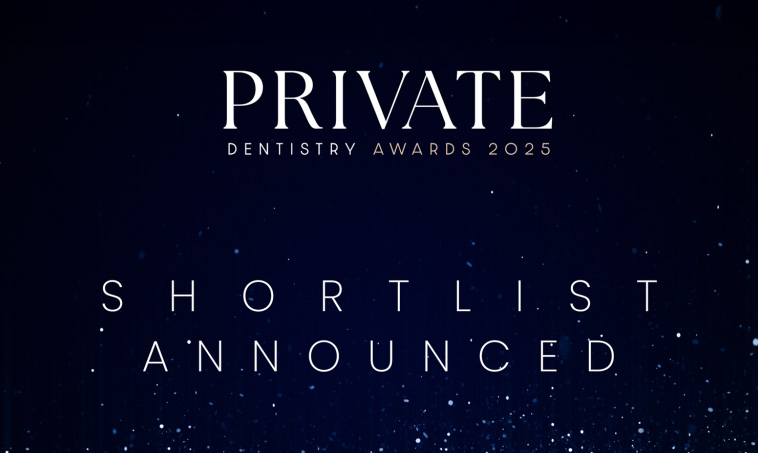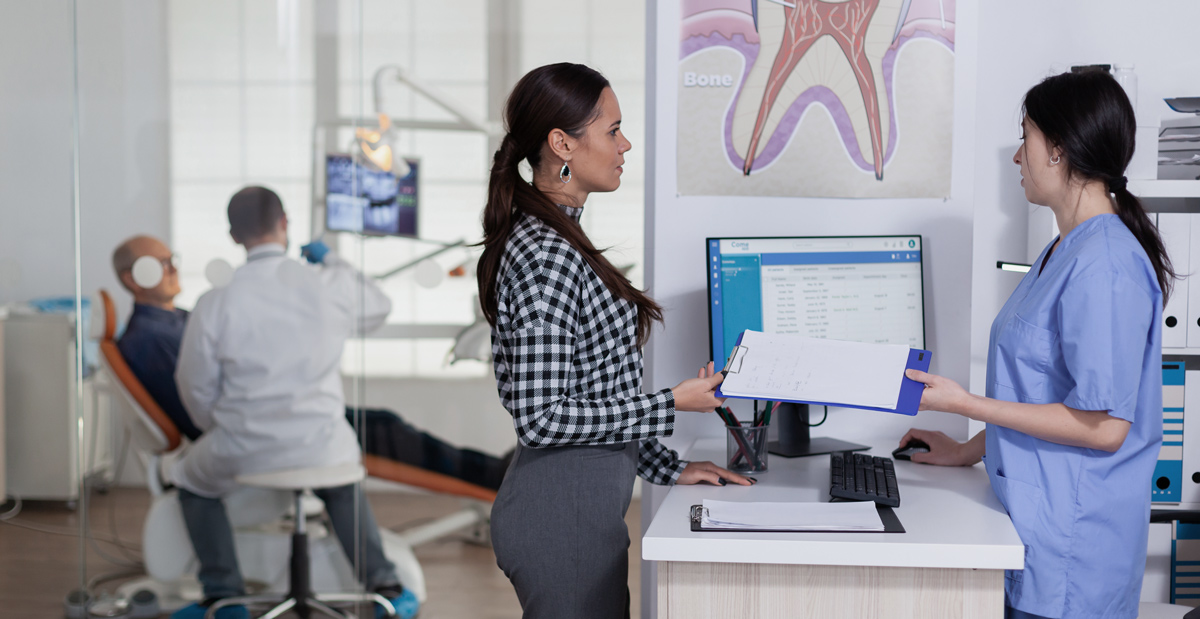Digital technology has transformed the way dentistry is delivered across the UK, reshaping how dental laboratories create restorations. From the first digital impression to the final restoration, the journey within a dental lab is a blend of advanced technology and skilled craftsmanship.
This post explores the digital workflow in dental laboratory services, highlighting the essential steps, materials, and expertise that ensure patients receive high-quality crowns, bridges, and dental implants. Whether you are a dentist looking to start sending digital cases or simply curious about how your dental appliances are made, understanding this process reveals the precision and professionalism behind every restoration.
What is a digital dental lab?
A digital dental lab is a laboratory that utilises digital technology such as intraoral scanners, CAD CAM software, and computer-aided manufacturing to create dental restorations.
Unlike traditional labs relying solely on physical impressions and manual modelling, digital dental laboratories harness the power of technology to improve precision and reduce turnaround times.
This approach enables dental technicians to serve dental professionals with consistently high-quality restorations while embracing modern standards.
Benefits of digital technology in dentistry
The integration of digital dentistry into dental laboratories offers numerous benefits. Digital impressions reduce errors common with traditional moulds, resulting in better-fitting crowns and bridges.
The digital workflow facilitates faster lab work and communication between the dental practice and laboratory, enhancing efficiency and patient satisfaction.
Furthermore, digital techniques uphold stringent quality management systems that ensure every dental appliance meets the high standards expected across UK dentistry.
Taking the digital impression
Traditional vs digital impressions
Traditionally, dentists used impression materials to capture moulds of a patient’s teeth, a process that could be uncomfortable and prone to inaccuracies.
Digital impressions today, however, involve scanning the teeth directly with an intraoral scanner to create a detailed 3D digital model.
This method is more comfortable for patients, reduces the need for retakes, and delivers data in a format perfectly suited for digital lab work.
Types of intraoral scanners used in the UK
Many major scanners dominate the UK market, such as those from 3Shape, iTero, and Medit.
These scanners offer high-resolution images and rapid data capture, enabling dental professionals to submit precise digital cases to their dental laboratory with confidence.
Choosing the right scanner can depend on the practice’s needs, but all major scanners support seamless integration with most dental laboratories’ digital workflows.
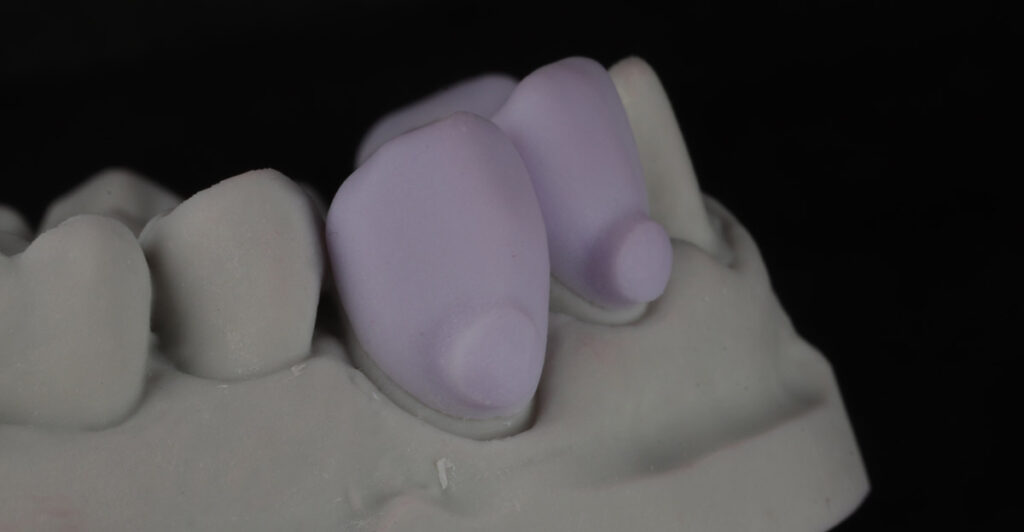
Data processing and design
Transferring digital impressions to the lab
Once captured, the digital impression file is sent securely to the dental laboratory, often via cloud-based platforms or dedicated portals.
This instantaneous transfer eliminates delays and errors associated with physical models, allowing the laboratory team to begin work almost immediately.
CAD/CAM software: designing the restoration
Dental technicians use advanced CAD/CAM software to design each restoration in detail.
This software enables the team to tailor crowns, bridges, and implant prosthetics to the patient’s specific anatomy, ensuring a natural look and perfect fit.
Skilled technicians rely on their knowledge of dental anatomy and materials science to optimise the design for both function and aesthetics, collaborating closely with the dentist when necessary.
Materials and manufacturing techniques
Common materials used in digital restorations
Dental laboratories work with a wide range of materials, including zirconia, lithium disilicate ceramics, and titanium for implants.
These materials are selected for their strength, longevity, and biocompatibility, offering patients durable restorations that closely mimic natural teeth in appearance and feel.
Milling vs 3D printing: what’s the difference?
The manufacturing stage involves either milling or 3D printing. Milling machines carve the restoration from solid blocks of material with exceptional precision, which is ideal for crowns and bridges requiring strength and accuracy.
3D printing builds restorations layer by layer, a process gaining popularity for its ability to produce complex shapes and reduce waste. Both methods are part of the dental laboratory’s commitment to quality and innovation.
Quality control and finishing
Checking accuracy and fit
A rigorous quality management system is essential in dental laboratories to ensure restorations meet the highest standards.
Dental technicians meticulously check the accuracy of every crown, bridge, or implant restoration against the digital impression and design specifications, making sure the fit and occlusion are correct before proceeding.
Finishing touches: polishing and colour matching
Final finishing includes polishing to achieve a natural sheen and applying colour adjustments to match the patient’s teeth perfectly.
This attention to detail reflects the pride and professionalism of the dental laboratory team, ensuring every restoration supports the dentist’s goal of delivering excellent patient outcomes.
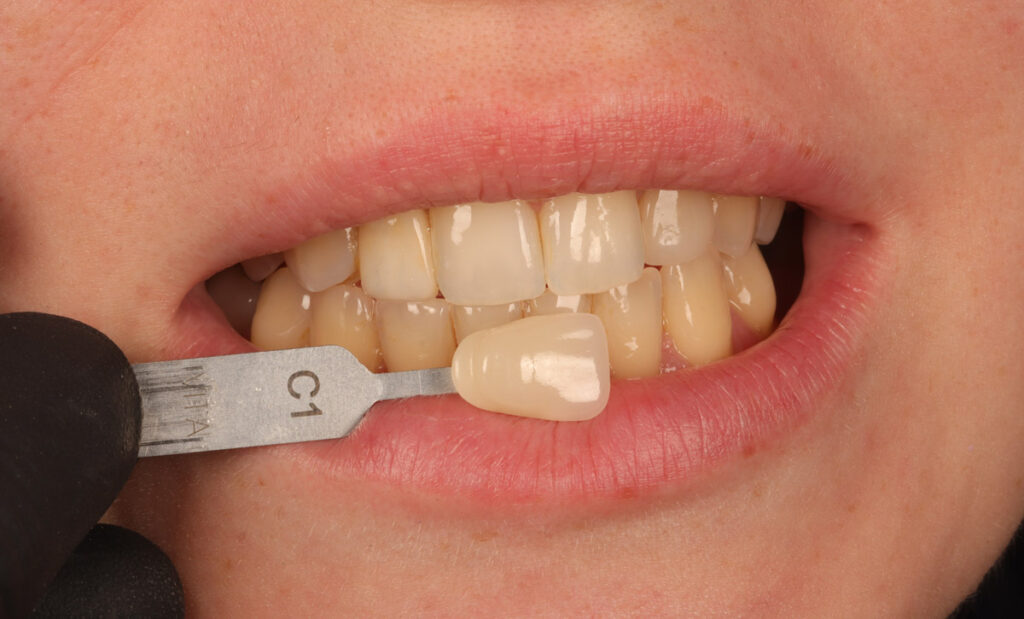
Delivery and clinical application
Shipping digital restorations to the practice
Once completed and quality-approved, the dental products are carefully packaged and shipped to the dental practice. Reliable logistics and clear communication between the lab and dentists help maintain the integrity of the restorations and ensure timely delivery for patient appointments.
Fitting and adjustments at the dentist
When the restoration arrives at the dental practice, dentists fit it to the patient, making any minor adjustments needed. Thanks to the digital workflow and high precision manufacturing, the restorations often require minimal chairside modifications, saving time and enhancing patient comfort.
Future trends in digital dental laboratories
Integration with AI and machine learning
Looking ahead, dental laboratories in the UK are beginning to integrate AI and machine learning technologies into their digital workflows.
These advancements will assist technicians by automating design optimisation, predicting restoration longevity, and identifying potential issues early, further elevating the quality and consistency of dental products.
The growing role of digital labs in UK dentistry
With many years of experience behind established dental laboratories and an ongoing commitment to investing in technology and training, digital dental labs are becoming indispensable partners to dentists across the UK.
This future-facing approach ensures labs continue to serve their clients with professionalism, high standards, and innovative dental appliances that meet the evolving needs of modern dentistry.
Come to GoDigital Dental for digital dentistry excellence
At GoDigital Dental, we combine many years of experience with the latest technology to provide outstanding dental laboratory services across the UK. Our skilled team focuses on precision, quality, and timely delivery, using advanced CAD CAM systems and a strong quality management system to ensure every crown, bridge, implant, and dental appliance meets the highest standards.
By partnering with GoDigital Dental, you choose professionalism, innovation, and personalised support. Whether sending your first digital case or expanding your digital dentistry, we are here to help your practice succeed.
Contact GoDigital Dental today and discover digital dentistry excellence designed to benefit you and your patients.

